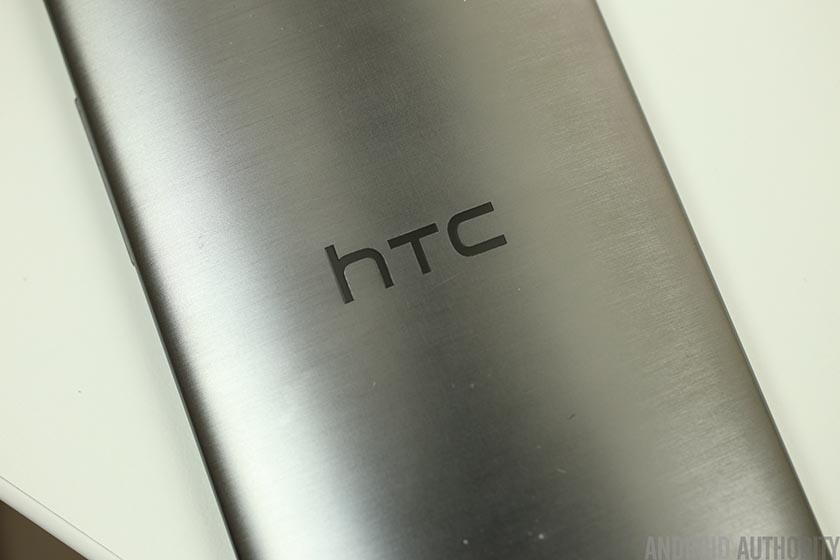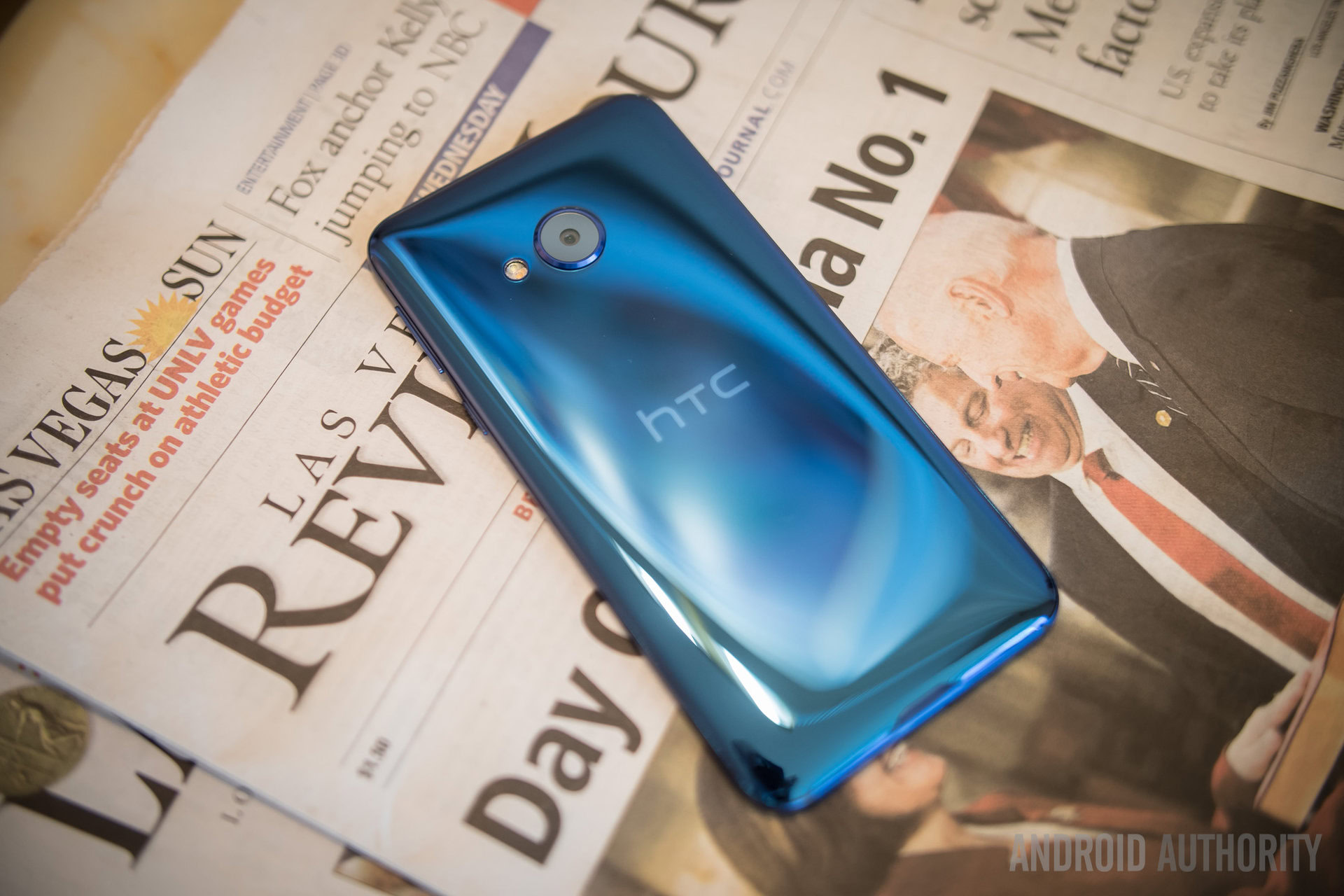Affiliate links on Android Authority may earn us a commission. Learn more.
HTC records big revenue drop, but smaller losses, for Q4 2016

Like many of us, HTC is hoping that 2017 will turn out to be much better than 2016. The Taiwan-based smartphone maker announced its latest financial results for the fourth quarter of 2016 earlier today, and it was mostly bad news for the company.

Overall revenue for the time period came in at NT$22.2 billion ($720.7 million) for the quarter, which is a big 13-percent drop from the same period a year ago. HTCrecorded a loss of NT$3.6 billion ($116.8 million) for the quarter. On the slightly better side, that’s an improvement compared to its loss of NT$4.1 billion ($133.1 million) in the fourth quarter of 2015. Part of the reason for that improvement might be due to HTC’s claim that it has cut down its operating expenditures by 34 percent.
The company tried to put the best spin on the results, saying that saw “robust sales performance” in the fourth quarter, and that revenues were actually seeing some improvements on a quarterly-to-quarterly basis. It also said it continues to beef up its VR business with its Vive headset as well as launching its first Vive-based arcade in Taipei.
HTC has already announced two new phones that are due to be released shortly, both of which are using its new “U” branding for its flagship devices. One of the phones, the HTC U Ultra, is already available for pre-order, with the first unlocked models scheduled to begin shipping in early March. The second phone, the mid-range HTC U Play, has yet to go on sale but is supposed to be available sometime in the near future. The company has already stated it plans to only launch six or seven new smartphones in 2017, compared to as many as 12 handsets in 2016. This strategy should help the company focus on new features for each phone so they can better compete with the new devices coming from rivals like Samsung, LG and Lenovo.